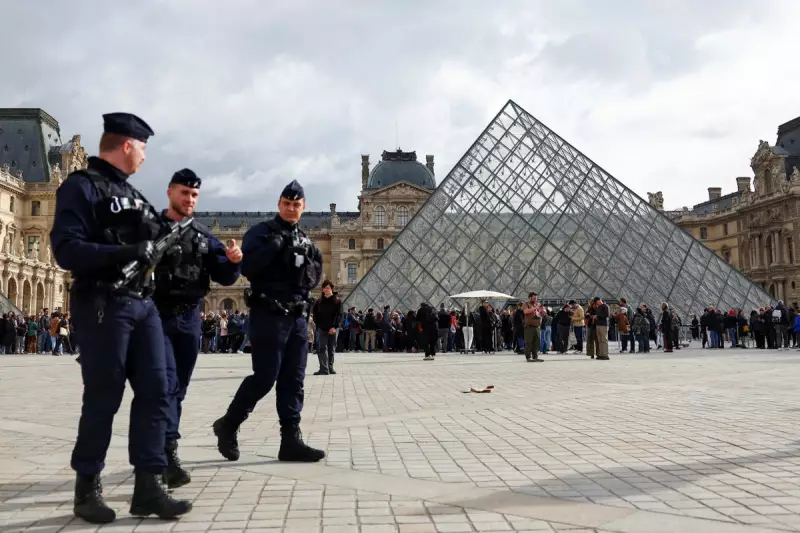
In a stunning security failure that reads like a Hollywood plot, the world-renowned Louvre Museum in Paris narrowly avoided a catastrophic art theft after burglars exploited an embarrassingly simple password to access highly sensitive areas.
The Password That Unlocked a Treasure Trove
French prosecutors have revealed that intruders managed to breach the Louvre's security systems using a password so obvious it would make any cybersecurity expert shudder. The digital key that granted access to one of the world's most valuable art collections? The museum's own name followed by the current year.
This elementary security blunder allowed the burglars to penetrate deep into the museum's secure zones, potentially putting billions of pounds worth of artistic masterpieces at risk.
A Late-Night Close Call
The security breach unfolded during the early hours of the morning when three individuals managed to infiltrate the museum's Carrousel du Louvre shopping area. Using the compromised password, they accessed critical infrastructure including:
- Security control rooms containing surveillance systems
- Staff-only areas with direct museum access
- Potentially sensitive operational documentation
Fortunately, the attempted heist was thwarted before the burglars could reach the main exhibition spaces housing iconic works like the Mona Lisa and the Venus de Milo.
Security Experts Express Outrage
Cybersecurity professionals have expressed astonishment at the Louvre's lax digital protections. "Using such a predictable password for securing one of the world's most famous museums is beyond negligent," commented one Paris-based security analyst. "It's like protecting the Crown Jewels with a bicycle lock."
The incident has raised serious questions about how an institution housing priceless cultural treasures could employ such basic security measures, especially given its history as a target for theft and vandalism.
Ongoing Investigation and Fallout
French authorities have confirmed that three suspects are currently under formal investigation for attempted organised theft. The Louvre administration has remained tight-lipped about the incident, though internal security reviews are undoubtedly underway.
This security breach serves as a wake-up call for cultural institutions worldwide, highlighting the critical need for robust digital security protocols to protect our shared cultural heritage from increasingly sophisticated criminal elements.





